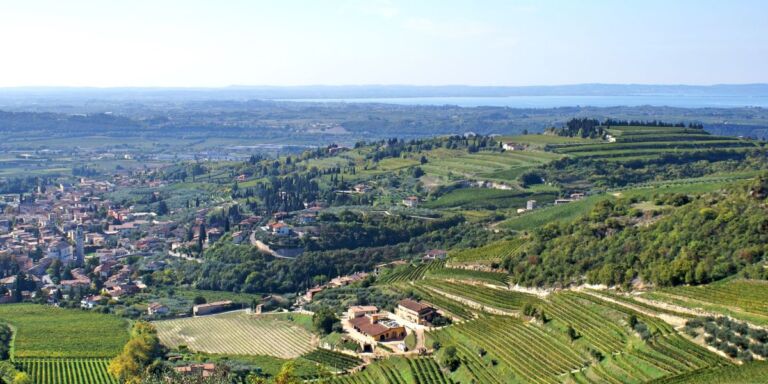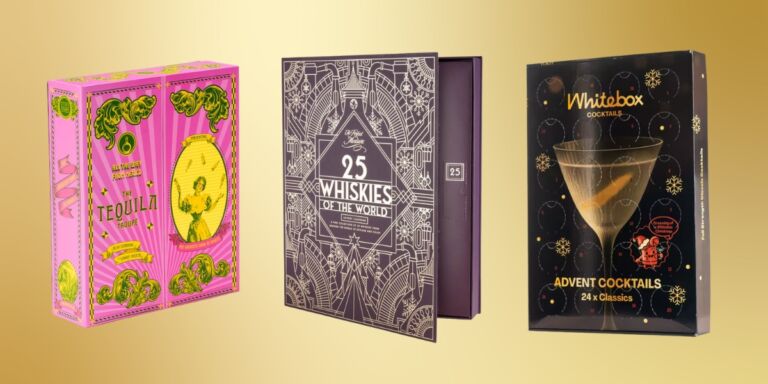January in London. It’s cold, damp and gloomy, but a select group heads happily towards the offices of Corney & Barrow in the shadow of Tower Bridge, for the annual tasting of Domaine de la Romanée-Conti. In the downstairs tasting room, younger critics stand to the right or hover around half a dozen wines being poured out in parsimonious samples. To the left, a group of wine illuminati takes its annual place at the low table in the corner, laptops at the ready. And in the far corner, almost hidden, is Aubert de Villaine, reading with deep concentration the tasting notes written by his long-term importer and friend Adam Brett-Smith. He’s dressed in academic tweed, set off by professorial brogues.
De Villaine is co-owner of the domaine, but he sees himself as its custodian. It’s an extraordinary responsibility. A bottle of the 1945 Romanée-Conti, made when de Villaine was six, sold for £424,000 ($555,000) in 2018. Bottles of the 2015 – hailed by the owner as ‘the most remarkable vintage of my career’ – were released at almost £3,000 ($3,925) each; today, the same bottles of this elixir change hands for seven times that.
The money, glamour and fame associated with the estate might go to some people’s heads. Not de Villaine’s. He suggests he is the custodian of the estate not just on behalf of his co-directors but on behalf of Burgundy itself. As new, big-money owners withdraw from the traditions of village life, Domaine de la Romanée-Conti remains a part of the annual cycle of local fêtes du vin. De Villaine lives that vineyard life cycle, too. His conversation is about walking among his vineyards, the colour of the leaves, the development of the fruit, the sharp winter mornings and warm summer evenings.
He suggests he is the custodian of the estate not just on behalf of his co-directors but on behalf of Burgundy itself
I was recently asked to organise a ‘VVIP’ tour to the domaine. The Australian guests would arrive by private jet. I felt I ought to warn them not to expect too much: the owner would probably meet them looking like he’d just been walking the dog. (For many years, visitors lucky enough to tour the vineyard, on foot or by Land Rover, enjoyed the company of Aubert’s hyperactive black Labrador.) The welcome one receives is modest, albeit with a view from Romanée-St-Vivant through Romanée-Conti to the premiers crus of Les Petits Monts and Aux Reignots.
Note: ‘Domaine de la Romanée-Conti’; never DRC. ‘I don’t like that abbreviation,’ de Villaine says. Perhaps it fails to honour the hallowed 1.81ha of the domaine’s most famous monopole, the Romanée-Conti itself. Or is it because the diminutive assumes we all know what we’re talking about? That would be a mistake.
De Villaine’s life is one of contrasts and delicate balance. Domaine de la Romanée-Conti may be home to the greatest wine in the world, yet it’s little known to the person in the street. It’s a highly prized investment, a domaine led by a man of profound humility. The man himself may have an almost primal oneness with the soils of Burgundy, but this archetypal Frenchman has close American ties: he married Pamela Fairbanks from Santa Barbara, and he now makes wine in partnership with her renowned Hyde cousins in Carneros. In 1976, he was one of only two judges on the panel of the legendary Judgment of Paris tasting who’d had prior experience of US wines.
Now here he sits, hunched over his tasting booklet, eventually beckoning to his old friend and pointing out something in the tasting booklet. ‘Oh, you found it,’ says Brett-Smith. ‘I knew you would.’ Is this a deliberate mistake left by the wine merchant for this master of detail to discover, a nod to the Persian carpet-weavers who would leave a flaw because to claim perfection is blasphemy? The tasting goes on around them, and de Villaine, questioned by a journalist, insists again, ‘I did nothing. This year, the vintage did all the work.’






